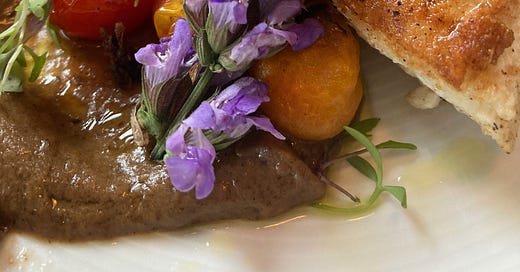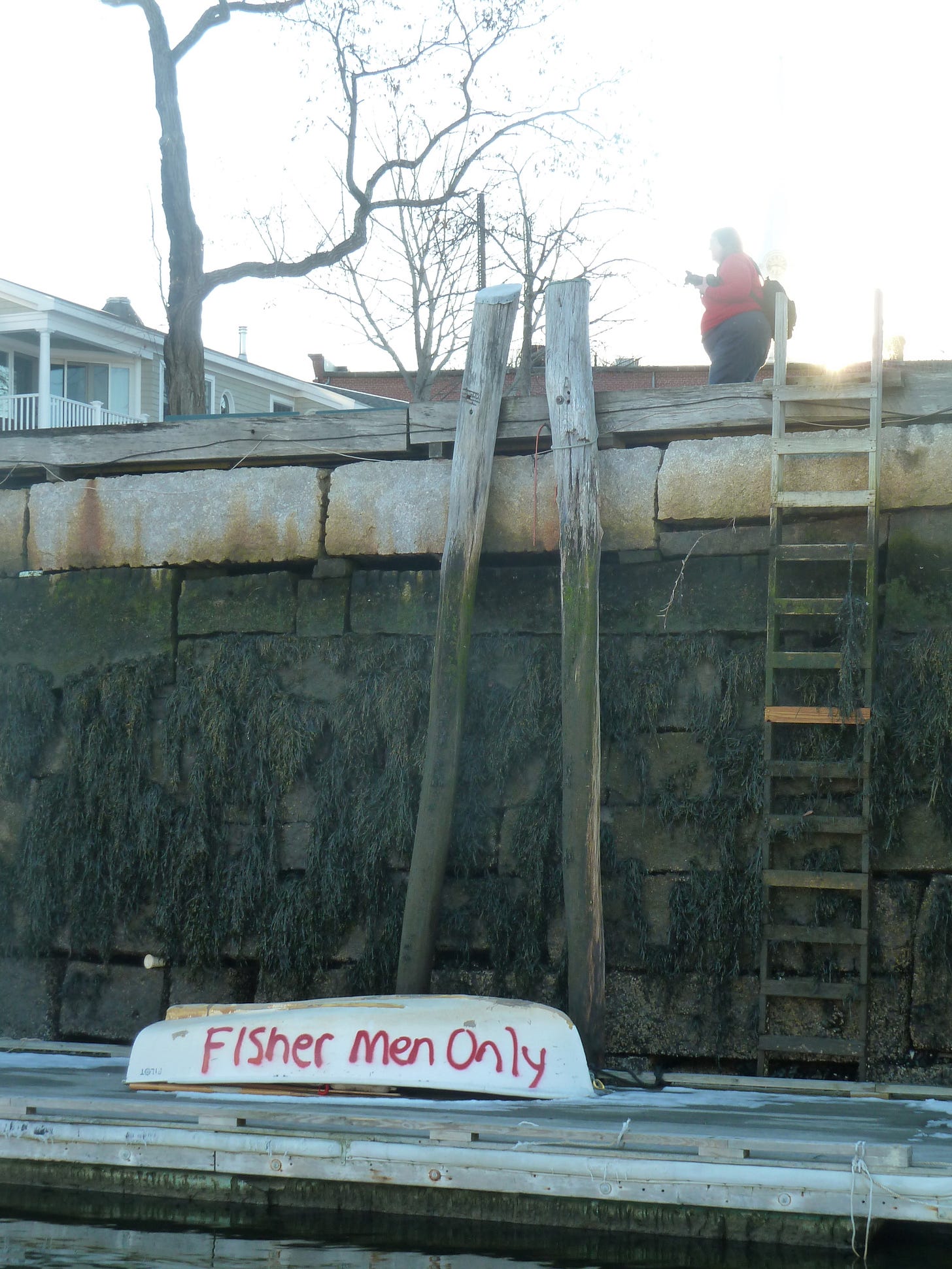Fishermen’s dock, Camden, Maine, where yachts and pleasure craft outnumber fishing boats by about 20 to one.
At a Maine fisherman’s forum a while back, I listened to a young, energetic chef talk about seafood. He advocated enthusiastically for our local fisheries, talking about the need to expand seafood production, using aquaculture as well as the many …
Keep reading with a 7-day free trial
Subscribe to On the Kitchen Porch to keep reading this post and get 7 days of free access to the full post archives.




